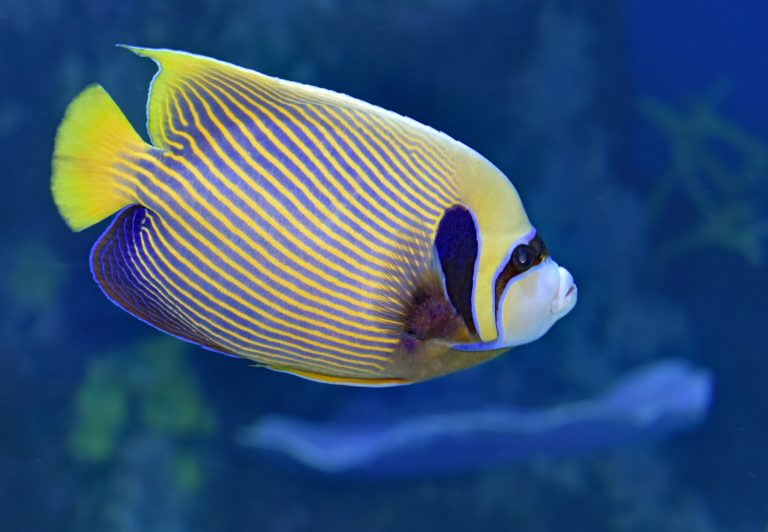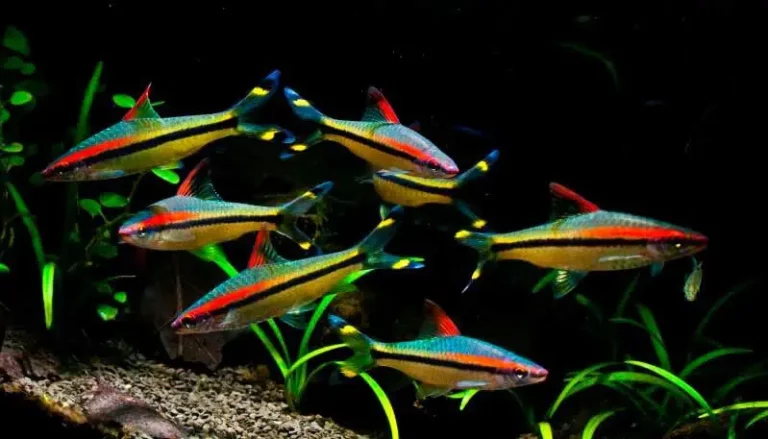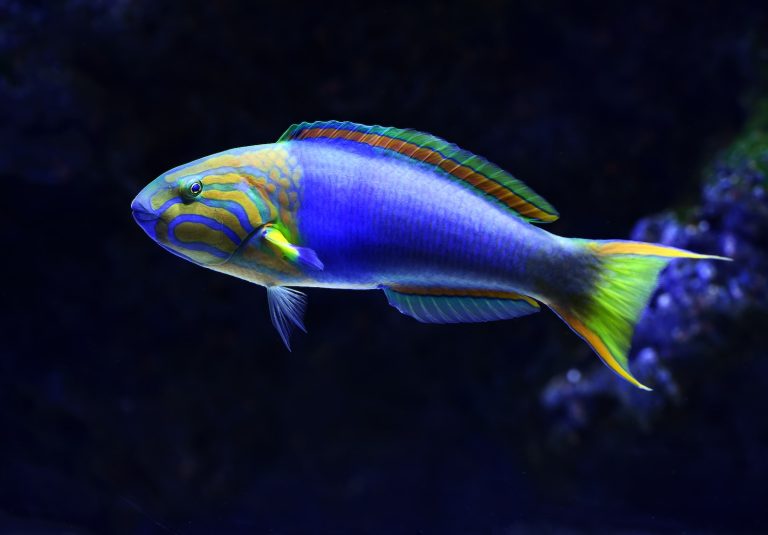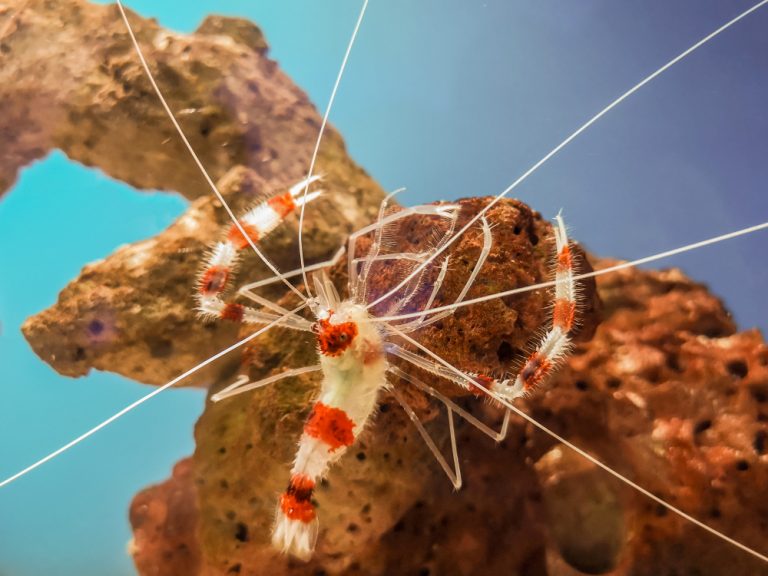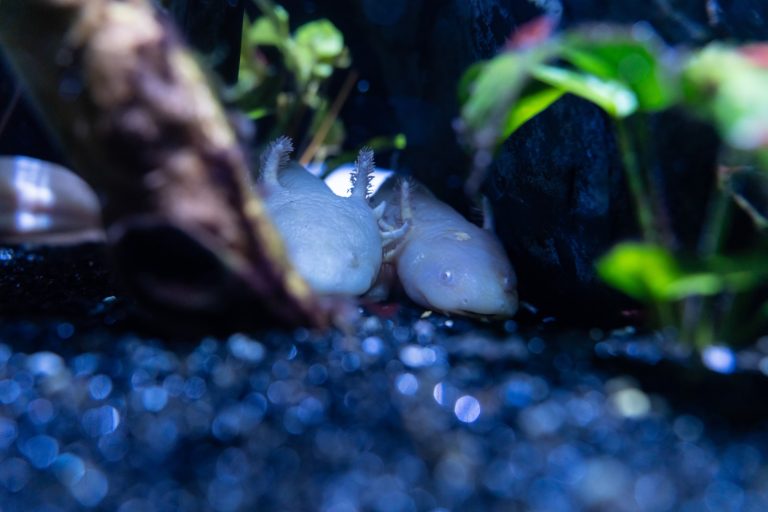Are you the proud owner of long fin cherry barbs, those elegant and colorful aquarium fish that bring a touch of nature’s beauty to your home? If so, you’re in the right place. Caring for your long fin cherry barb is an art, and in this comprehensive guide, we will explore the tips and tricks to ensure your aquatic companions thrive in their underwater world.
Caring for Your Long Fin Cherry Barb: Tips and Tricks
Long fin cherry barbs, scientifically known as Puntius titteya, are renowned for their striking appearance and peaceful temperament. To provide the best care for these aquatic marvels, follow these expert tips and tricks:
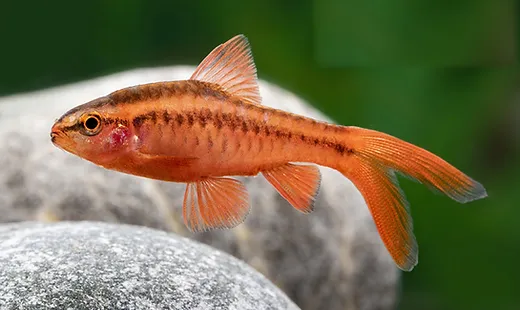
Creating the Perfect Habitat
Choosing the Right Aquarium:
Start by selecting a spacious tank with a minimum capacity of 20 gallons for a small group of cherry barbs.
Aquascaping:
Mimic their natural habitat with live plants, rocks, and driftwood. Provide hiding spots and open swimming areas.
Water Parameters:
Maintain a temperature between 73°F to 81°F (22°C to 27°C) and a pH level of 6.5 to 7.5.
Filtration:
Invest in a quality filter to keep the water clean and well-oxygenated.
Lighting:
Cherry barbs prefer subdued lighting, so opt for low to moderate illumination.
Feeding Your Cherry Barbs
Varied Diet:
Offer a diverse menu of high-quality flakes, pellets, and live or frozen foods like brine shrimp and daphnia.
Feeding Schedule:
Feed your cherry barbs 2-3 times a day, but only what they can consume in 2-3 minutes
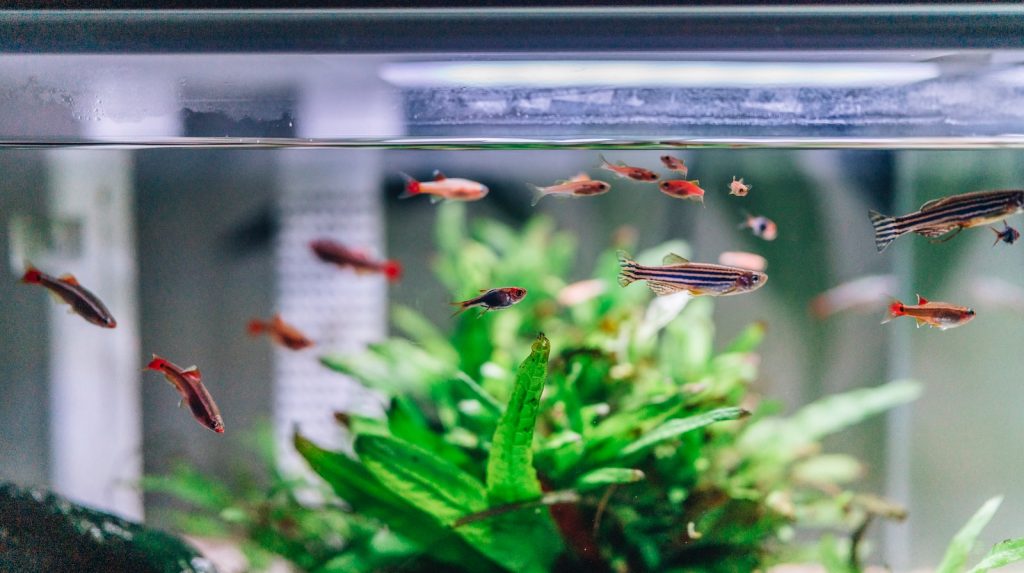
Maintaining Water Quality
Regular Water Changes:
Replace 10-20% of the water every two weeks to remove accumulated toxins.
Water Testing:
Monitor ammonia, nitrites, and nitrates levels regularly to ensure a healthy environment.
Social Behavior
Peaceful Companions:
Cherry barbs are peaceful, so avoid aggressive tankmates like cichlids.
Schooling Fish:
Keep them in groups of at least six to reduce stress and encourage natural behavior.
Breeding
Breeding Conditions:
To breed cherry barbs, create a separate breeding tank with fine-leaved plants for egg laying.
Spawning Triggers:
Simulate the rainy season by lowering water temperature and increasing water changes.
Fry Care:
Separate fry from adults and provide them with microscopic food until they grow.
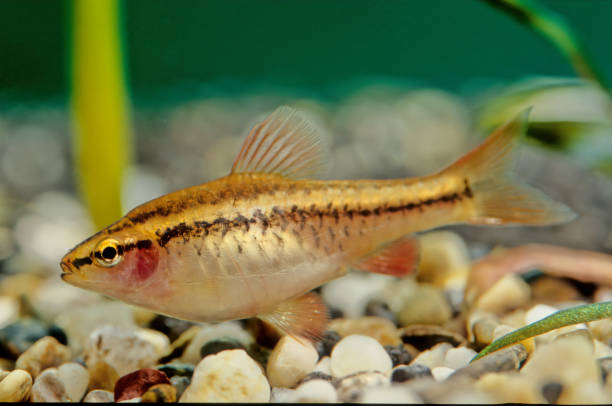
Health and Disease Prevention
Quarantine New Fish:
Isolate new additions to prevent introducing diseases to the main tank.
Observation:
Regularly observe your fish for signs of illness or distress.
Treatment:
If needed, consult a vet or use appropriate medications.
FAQs
Q: Do cherry barbs require a heater in their tank?
A: Yes, they thrive in a stable and warm environment, so a heater is essential.
Q: Can I keep cherry barbs with aggressive fish?
A: It’s best to avoid aggressive tankmates as cherry barbs are peaceful.
Q: How often should I change the water in the aquarium?
A: Aim for a 10-20% water change every two weeks to maintain water quality.
Q: What’s the lifespan of a cherry barb?
A: With proper care, cherry barbs can live up to 5-7 years.
Q: Can I feed my cherry barbs vegetables?
A: While they are primarily omnivores, you can offer blanched vegetables like spinach as an occasional treat.
Q: How can I tell if my cherry barb is stressed?
A: Look for changes in coloration, reduced appetite, or unusual hiding behavior.
Conclusion
Caring for your long fin cherry barbs can be a rewarding and enjoyable experience. By creating the perfect habitat, providing a balanced diet, and maintaining their well-being, you’ll watch your cherry barbs flourish in your aquarium. Remember, the key is patience and attention to detail. So, go ahead, give your aquatic friends the care they deserve, and enjoy the beauty they bring to your home.

